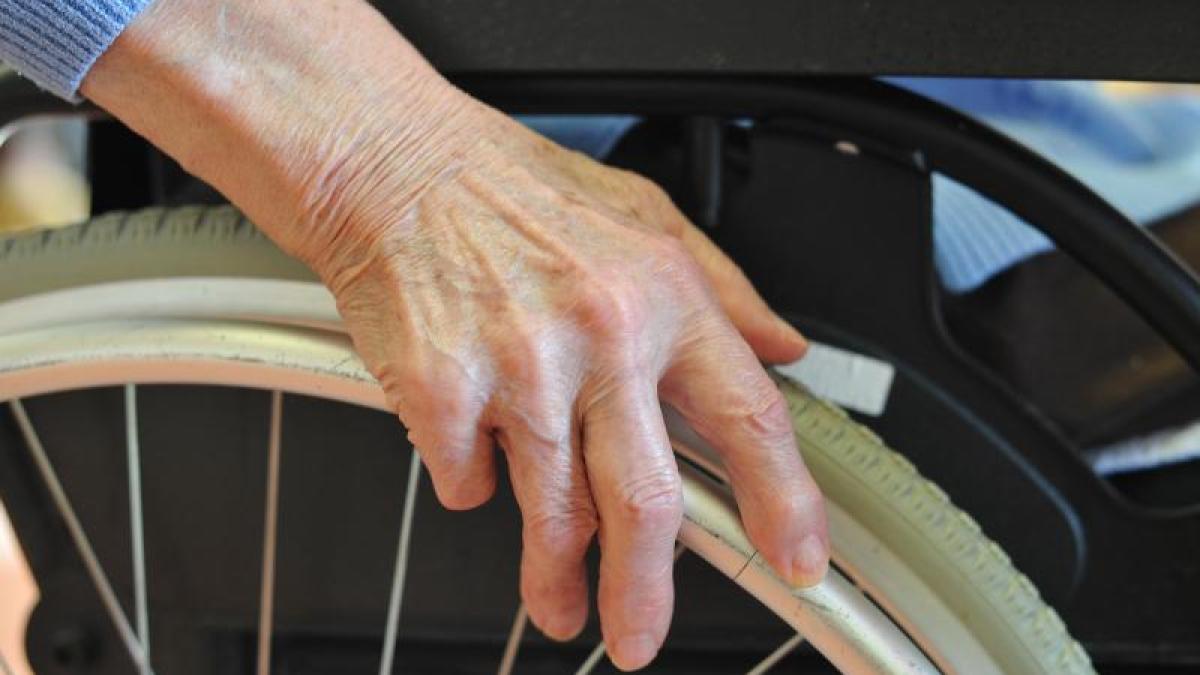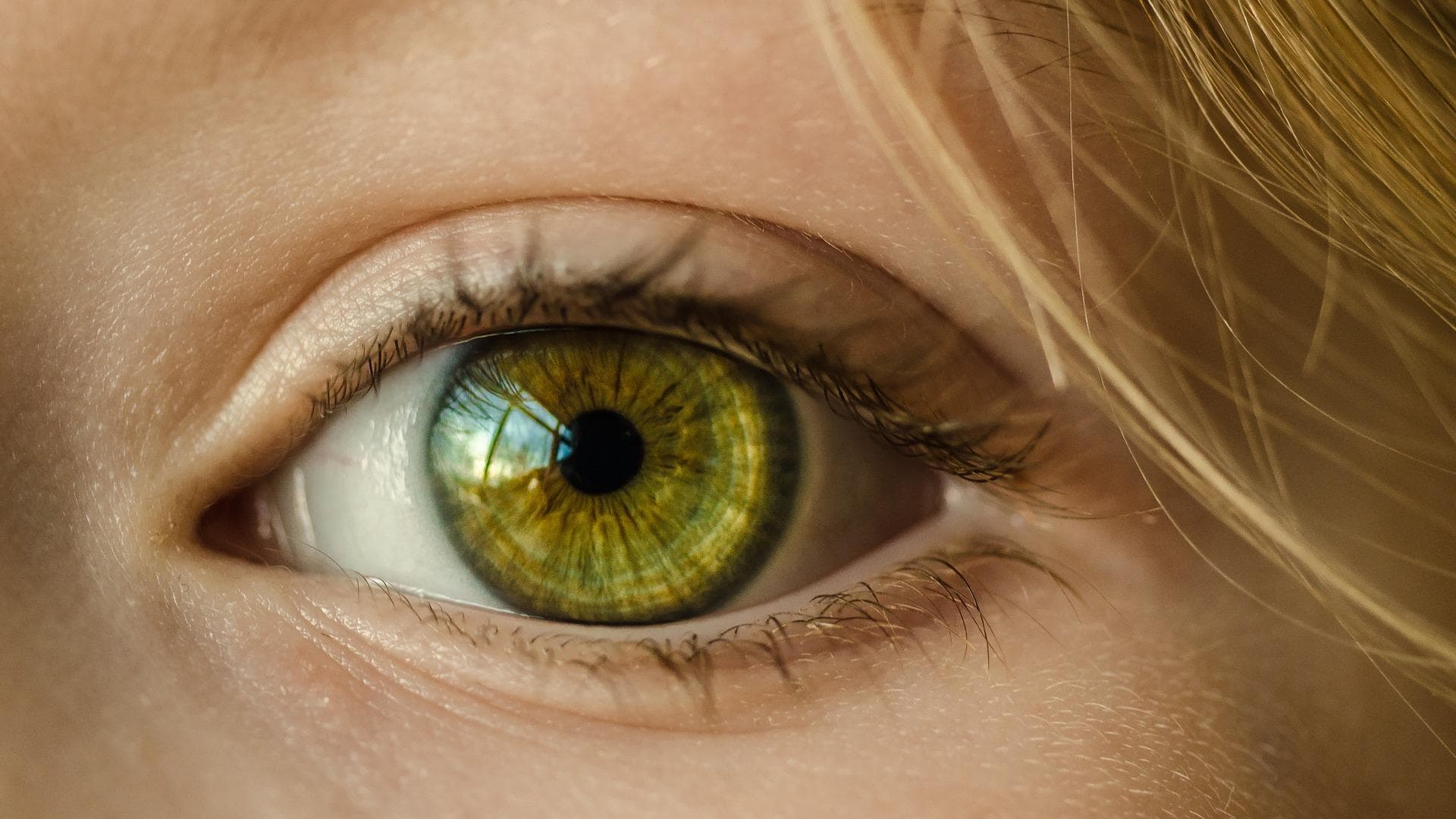To better protect yourself from the sun’s rays, clothing is more effective than sunscreen. The nature of the fabric, its color and thickness … Here’s how to choose them well.
Summer vacation is here and many people choose to spend it on the sea, they will enjoy the beach, swimming and many other things…but also the sun. This is one of the bad things about staying by the sea.
The sun sends out light rays in all wavelengths of the light spectrum. In the visible, of course, because it enlightens us and allows us to see. In the infrared because it heats us. But especially in ultraviolet (UV) rays. We talk about ultraviolet radiation for wavelengths from 290 nanometers (nm) to 400 nanometers. In ultraviolet, we distinguish near ultraviolet (290 to 400 nm) and far ultraviolet (180 to 290 nm).
The term UVA represents the region from 315 to 400 nm, the term UVB represents the region between UVC and UVA, i.e. 280 to 315 nm, and the UVC region represents the region below 280 nm. The energy level is as follows UVC > UVB > UVA.
The UV area is about 5-6% of the total incident light radiation.
Skin cells that receive a lot of sunlight absorb the harmful UV rays and are shed by exfoliating the skin. Excessive ultraviolet rays damage cells and cause human skin inflammation, the obvious consequences of which are erythema or sunburn (skin damage). Absorbing too much UV rays causes damage that can lead to diseases such as skin cancer. The value of these doses of skin irradiation is called erythema efficiency, the maximum absorption of which is at the wavelength of 308 nm. The total dose of ultraviolet radiation that reaches the skin is an important factor in the occurrence of erythema and skin cancer.
For white skin type with a critical dose of 15-30 mJ/cm2 (Erythema dose – the threshold at which there is a sunburn), the duration of self-protection is 5-10 minutes. More frequent sunburns, a higher risk of skin aging and the development of cancer are to be expected. For black or dark brown skin at a dose of 100 to 200 mJ/cm2 The self-protection time is 35-70 minutes, and the level of melanin pigments can provide protection and facilitate tanning. However, you should always protect yourself.
Protection scales to know
The effect of UV radiation on biological organisms has been extensively studied, and various protective measures such as UV Index, Ultraviolet Protection Factor (UPF), and Sun Protection Factor (SPF) have been adopted to increase public awareness of the harmful effects. from ultraviolet rays.
sun protection factor (SPF) It is defined as a harmful dose without sunscreen, and a harmful dose with sun protection. This can be calculated from the erythema efficiency (efficiency in sunburn exposure) (EW (λ)), (P (λ)) and the wavelength-dependent transmission of the protective factor. solar energy.
Ultraviolet Protection Factor (UPF) It is the ratio of unprotected erythema activity to protected erythema activity. UPF values depend on UVB transmittance. The ultraviolet protection factor (UPF) is associated with fabrics and clothing and the sun protection factor (SPF) with sunscreen.
A UPF of 25 means that the fabric allows 1/25 of UVA and UVB radiation to pass through. UPF 50+ (maximum protection) clothing will be blocked Minimum 98% of UVA and UVB rays (only 2% of UVA and UVB rays pass through). UPF 15 to 25 provides good protection, 25 to 40 provides very good protection and 40 to 50 and beyond provide excellent protection. This indicator is indicated on UV protective clothing and is mandatory.
Lowndes UV It is designed to provide the public with a digital indicator of the possibility of the maximum level of solar UV radiation during the day; The higher the number, the greater the risk of solar UV rays. The Global Ultraviolet Index (UVI) is a measure of the highest level of UV radiation each day, and this index is calculated using various input parameters such as ozone level, potential cloud cover, water vapor and aerosols.
The UV index is reported as the maximum average biologically effective solar ultraviolet (UVReff) for a day, an average of more than 10 or 30 minutes. The UV index is usually higher at noon, but the temperature is often higher later in the afternoon.
UV index values are grouped into five exposure categories, from low to extreme with different color codes. The relative spectral efficiency of erythema is higher in the UVA region than in the UVA region.
It is essential to be able to protect yourself from these ultraviolet rays that cause irreversible damage to the skin, but above all cause cancer. One of the most famous is the sunscreen that everyone is accustomed to putting on the skin. These sunscreens are not completely neutral from the point of view of composition (carcinogens).
Read also: Could our sunscreens be more dangerous than the sun?
Keep your clothes on instead of wearing sunscreen?
UV rays falling on textiles are partly reflected, partly absorbed and transmitted through fibers and gaps, and the fabric’s optical porosity limits its ability to protect against UV rays.
Clothes don’t suffer from the uncertainty when using sunscreen, and a fabric with an UPF of around 15 provides this level of sun protection. The National Radiation Laboratories in Australia and the United Kingdom have identified UPFs on several thousand summer clothing fabrics with the following results: Nearly 90% of summer clothing has a UV protection factor >10 and, in practice, provides protection equivalent to an SPF 30 sunscreen. or higher. The difference between UPF and SPF values is mainly due to the effect of tissue puncture.
In textiles, UPF is highly dependent on the chemical composition of the fibers. The nature of the fibers affects UPFs because they differ in their transparency from UV radiation. Natural fibers such as cotton, silk, and wool have a lower degree of UV absorption than synthetic fibers such as PET (polyethylene terephthalate). Raw natural fibers such as flax and hemp have UPFs of 20 and 10 to 15 respectively, and are not ideal UV protectors.
It is best to wear clothing labeled as UV-protective with a UV protection factor of at least 30. The less transparent the fabric is to visible light, the better the UV protection. The darker the color of the fabric, the better the UV protection.
Polyester or polyester and cotton blends provide better overall UV protection. The elasticity and moisture of cotton fabrics greatly reduce the UV protection factor.
It is preferable to make looser cuts; Clothing should cover the skin as much as possible.
New clothes, especially cotton fabrics, should be washed before wearing them; Special laundry detergents and fabric softeners that include broad-spectrum UVA protection absorbers can be used.
Despite the high UV protection factor, the UV-A transmittance of the fabric can be significant. For example, a popular brand of crocodile polo has a density of 157 g / m2 and an average UV protection factor of 9.16.
Jeans has 0.2% transparency of UV rays. Polyester fibers absorb more in the UVA and UVB areas than polyamide fibers.
The UV protection factor increases with the density and thickness of the fabric for a similar build, and depends on the porosity (UPF = 100 / porosity). There is a strong relationship between UPF and the porosity of the fabric, as well as the type of fiber. Single weave cotton fabric with a density of 100 g/m2 has a UPF of 4. A single mesh polyester/cotton fabric of a density of 130 g/m2 has a UV protection factor of 7.
Dyed cotton fabrics give higher UPFs. Undyed, bleached cotton gives very low UPF values. Wool absorbs strongly in the region of 280-400 nm and even above 400 nm.
On the beach, sunscreen provides protection from the sun’s rays provided it is reused. Wearing your summer clothes provides similar protection without coming into contact with carcinogenic or nano-products.
Umbrellas are made of fabric and apply the results of UV protection in the same way as clothing. So it is important to pay attention to the time you spend under the canopy. There are now umbrellas with enhanced UV protection and care must be taken to obtain a high value of the UV protection factor.
The original version of this article was published in Conversation.












